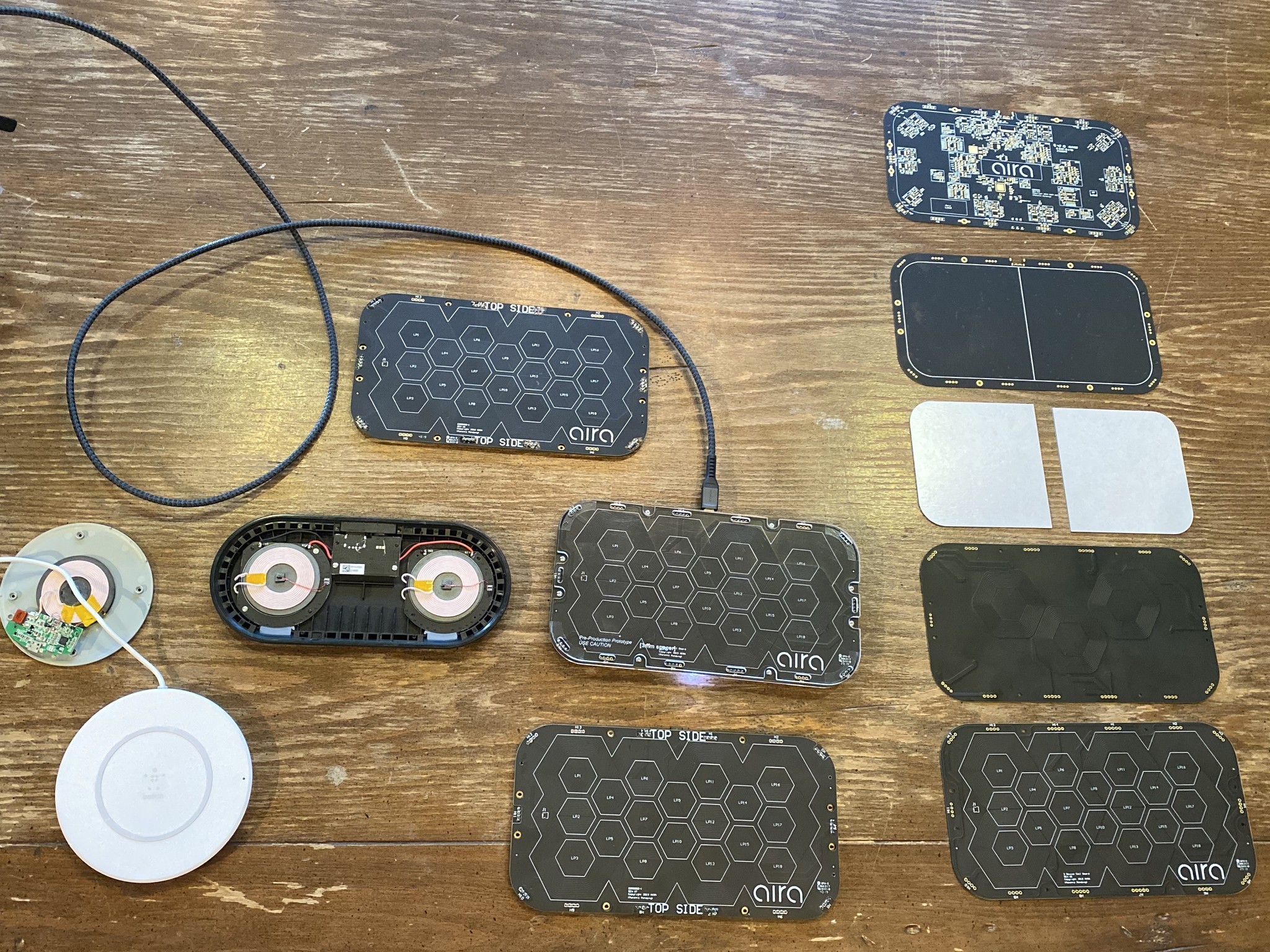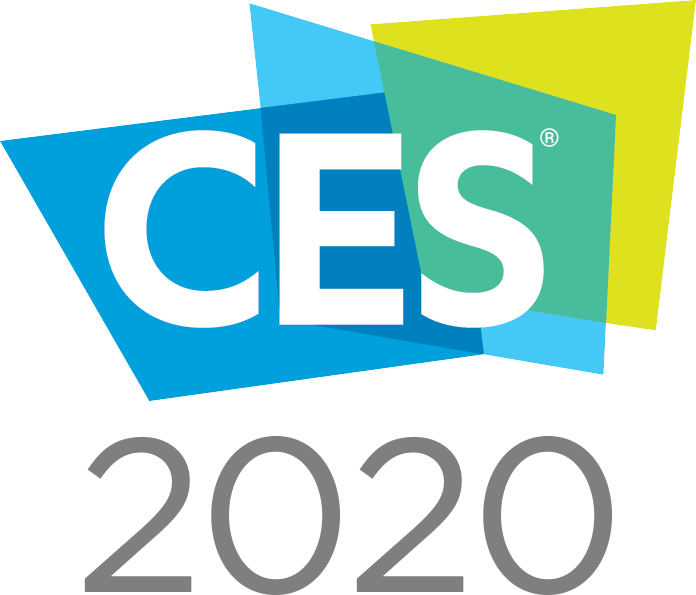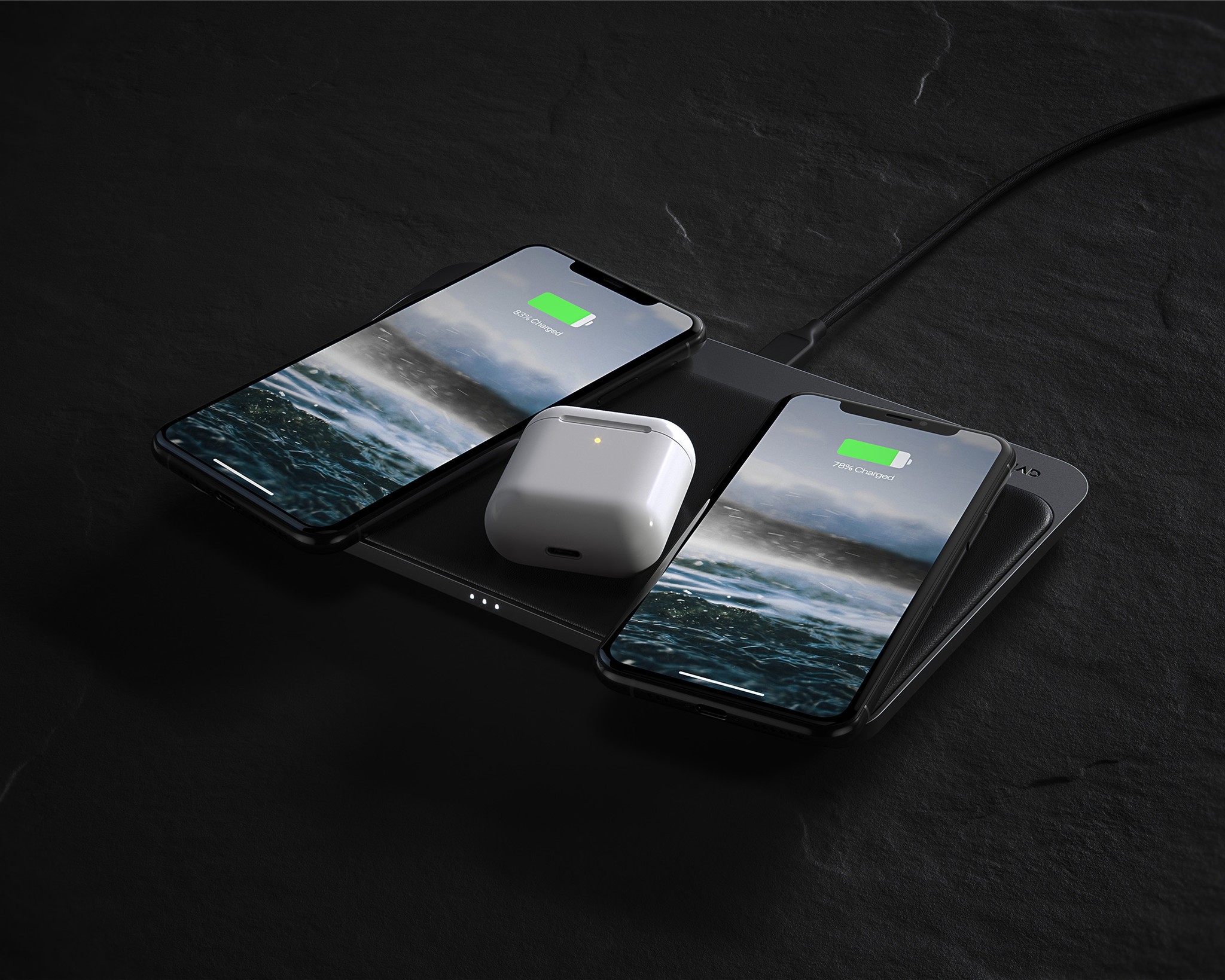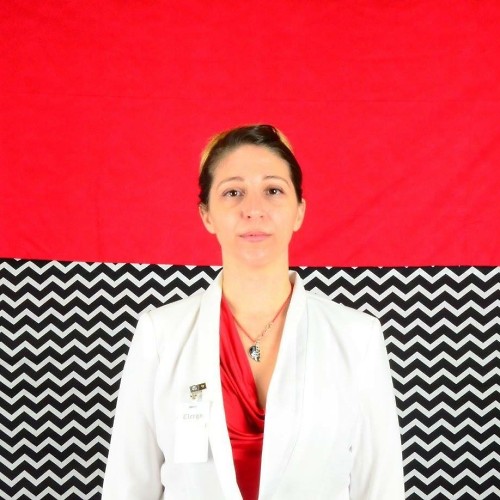

Remember how excited we were about Apple's AirPower charging pad, which promised to make wireless charging more convenient and flexible? Our dreams for this multi-coil system with the Apple brand may have been dashed, but the dream of a drop-anywhere-to-charge pad is alive and well and living in Las Vegas.
Well, not really. It's actually Arizona.
The standard needs to change
Free charging or positional freedom is most likely going to be the next evolution of wireless charging. Companies are starting to recognize that there is a need for wireless charging that doesn't require us to "find the sweet spot" when we set our phones down to charge. There are researchers already trying to set the new standard. Aira is one of those companies that seems to have succeeded at producing a truly free charging system and Nomad is its first consumer client.
Back in October, Nomad announced it was working with Aira on the new Base Station Pro available later this year. When I first heard the news, I didn't think much of it. Great! A new wireless charging pad from a company I love. NBD (no big deal). But I actually met with the CEO and co-founder of Aira, Jake Slatnick, at CES and got a deeper understanding of just how important this new technology is and what a big deal it is that Nomad, in collaboration with Aira, is launching what I believe will be the first free-charging wireless charging pad that doesn't just stack a bunch of single coils on top of each other.
To understand why the Base Station Pro is a big deal and why Aira's proprietary "FreePower" technology is so impressive, you have to get into the techie weeds just a bit.
It starts with a need
The current Qi standard provides for a single coil with an off-the-shelf chipset built into it. When you hear about multi-device charging pads, those charging pads are still using single-coil charging systems. That's why you still have issues with the "sweet spot." It's still a very small range of connection, even if there are a bunch of them on a single pad. Not only is this not true free positioning, it makes for a frustrating experience for us as consumers. We want to be able to simply toss our phones onto our chargers at night before bed without having to check to make sure the charging icon appears. Single coil chargers just aren't doing it, but that's the Qi standard.
This is where companies like Aira come in. Aira started with a foundation of the Qi standard and built from it a power coil matrix that finds the device, wherever it lands, and creates a sweet spot to dynamically activate the power delivery. If you move your phone across the surface, the matrix will track it, creating new sweet spots where it lands.
Master your iPhone in minutes
iMore offers spot-on advice and guidance from our team of experts, with decades of Apple device experience to lean on. Learn more with iMore!
"We tried, when we started to follow the Qi guidelines and found that it was just not going to work and we needed to engineer the thing ourselves," said Slatnick. "We engineered a completely unique coil wireless power transmitting implementation and have written the chipset with over 200,000 lines of code to power the whole thing, which was a really big feat." This is no off-the-shelf coil system.
Aira's FreePower technology works with multiple devices, too. So you can have multiple phones, multiple wireless charging headphones cases, and multiple wireless charging cases with wireless charging support (hold on, my head has to stop spinning real quick). Depending on the size of the surface, you could potentially throw down 5, 10 ... 50 devices, and they'd all be identified and charged up at the same time.
"One of the challenges early on was figuring out how to differentiate between devices and how to deal with cross talk when the devices are communicating with the pad," said Slatnick. "Everything communicates independently, — every device has its own magnetic field positioned directly under it, and the pad is actively searching for devices, so when you set your device on the pad, the sweet spot is formed directly under that device."
Big dreams, lofty goals

Slatnick claims, though its FreePower system is 5 watts, the company has seen results that, thanks to its heat management, performs better than 7.5 watt fast charging, at least in a general sense.
"The phone dictates how much power it wants. So the phone will say, 'give me 7.5 watts or give me 5 watts,' and as it charges, it only actually takes in the 7.5 watts of quick charge for a few minutes before the battery gets hot and the phone says, 'give me less' and then it uses that wattage for between 5 - 20 minutes, and then the phone again says, 'now give me a lot less' and it only gives about 2 to 3 watts for the remainder of the charge cycle," said Slatnick.
This is not necessarily how all wireless chargers work, and there are some products on the market that account for heat management, but I see his point, which is that a benefit of Aira's matrix of coils allows for better heat management, which in turn provides a faster charging experience over the long-term.
I didn't have the opportunity first hand to test this claim, but I will once there is a product I can test with. One thing I was able to test first hand, however, was the fast detection of the device. Practically as soon as you set your phone anywhere on the charging pad, it finds it and starts charging it.
"What we've done is built upon the Qi protocol for rapid device detection to maximize the efficiency with a multi-coil system," said Slatnick.
Free positional charging's future is now
Aira isn't the only company out there working on free positional charging. Companies like NXP and Convenient Power are working on versions, and ZENS recently launched a 16-coil wireless charger that provides positional freedom (though that one is really just a bunch of single coils stacked on top of each other, which has its own problems, like thickness, heat management, and device detection speed). Aira has managed to achieve success early on, and thanks to this collaboration with Nomad, will be able to launch the first consumer product built with a new multi-coil matrix that solves for the pain points of other wireless chargers that just stack a bunch of coils into one pad.
ZAGG also recently announced that its mophie brand (arguably the most popular charging solutions company) is working on a free positional wireless charger. ZAGG did not have any specific information about any partnerships, but I've put in a request to talk to someone that can provide more insight. I'm sure I'll have a Part 2" of this story soon.
For now, I'm most excited about Nomad's upcoming Base Station Pro launch, which at the time of this writing is the first of its kind. I'll be going hands-on, and I'm going to put this bad boy through the ringer. Aira has made some big claims, and if it is as efficient and fast as it's supposed to be, it's going to be huge, as will the future of wireless charging.
Lory is a renaissance woman, writing news, reviews, and how-to guides for iMore. She also fancies herself a bit of a rock star in her town and spends too much time reading comic books. If she's not typing away at her keyboard, you can probably find her at Disneyland or watching Star Wars (or both).

